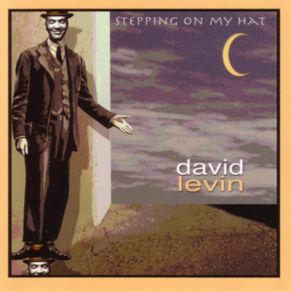Traditional Dances of Armenia
Download links and information about Traditional Dances of Armenia by Gevorg Dabaghyan, The Shoghaken Ensemble. This album was released in 2005 and it belongs to World Music genres. It contains 14 tracks with total duration of 52:04 minutes.

|
|
|---|---|
| Artist: | Gevorg Dabaghyan, The Shoghaken Ensemble |
| Release date: | 2005 |
| Genre: | World Music |
| Tracks: | 14 |
| Duration: | 52:04 |
| Buy it NOW at: | |
| Buy on iTunes $9.99 | |
| Buy on Amazon $8.99 | |
| Buy on Songswave €1.46 | |
Tracks
[Edit]| No. | Title | Length |
|---|---|---|
| 1. | Aparani Par | 2:28 |
| 2. | Zangezuri Par | 3:23 |
| 3. | Tasmerov Par | 2:01 |
| 4. | Alashkerti Kochari | 4:16 |
| 5. | Mayroke | 8:20 |
| 6. | Naz Par | 2:56 |
| 7. | Shalakho | 3:20 |
| 8. | Shatakhi Dzernapar | 3:20 |
| 9. | Shoror | 3:15 |
| 10. | Tamzara | 2:13 |
| 11. | Antarayin Tsayner | 2:42 |
| 12. | Zurni Trngi | 2:49 |
| 13. | Yarkhooshta | 3:20 |
| 14. | Ververi | 7:41 |
Details
[Edit]Traditional Dances of Armenia by Armenia's master musicians is a stunning collection of pieces that keep the accompaniment to great ritual dances from obscurity and antiquity. Here are the intricate and knotty melodies that accompany the rituals documenting the great life cycle and situational episodes in communal life. Many of these dances have pagan rites at their root, and in the wildness and celebratory depth of commitment displayed by the Shoghaken Ensemble's performances, they escape the watered down postmodern civility that would imprison them as museum pieces. In "Aprani Par" we have the harvest dance in five/eight time where the males simulate the motions of using scythes and the females swoon into their arms like harvested wheat. There is the "Alashkerti Kochari," a great male line dance with rituals and chants, where the rhythm begins in four/four and accelerates into a swirling frenzy in six/eight. The "Naz Par" is a female dance; in its movements and body rituals it showcases and celebrates "idealized femininity." In speedy six/eight time, it is full of modest gestures with the hands, playful facial expressions, and a kind of coyness that associates itself with being gently coaxed into the dance of marriage — it is often used in Armenian weddings. Whether instrumental pieces or those with call and response vocals such as the stunningly beautiful "Mayroke," the use of the old instruments, from the duduk, the zurna, and the large dhol, make this music exotic, yes, but more than that, mysterious. It's full of cadences and syntaxes that baffle and confound with their haunted beauty and strident air of joy. The package comes complete with a lavish 36-page booklet withy photos, history, and liner notes by Cynthia Rogers. Highly recommended.